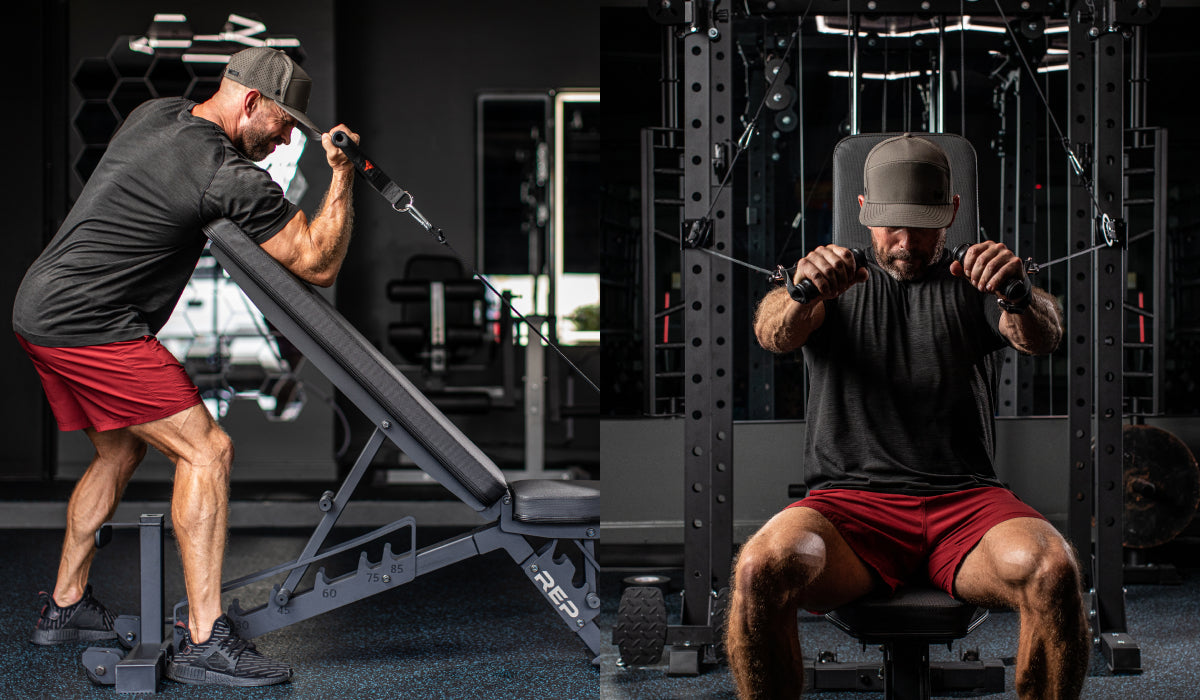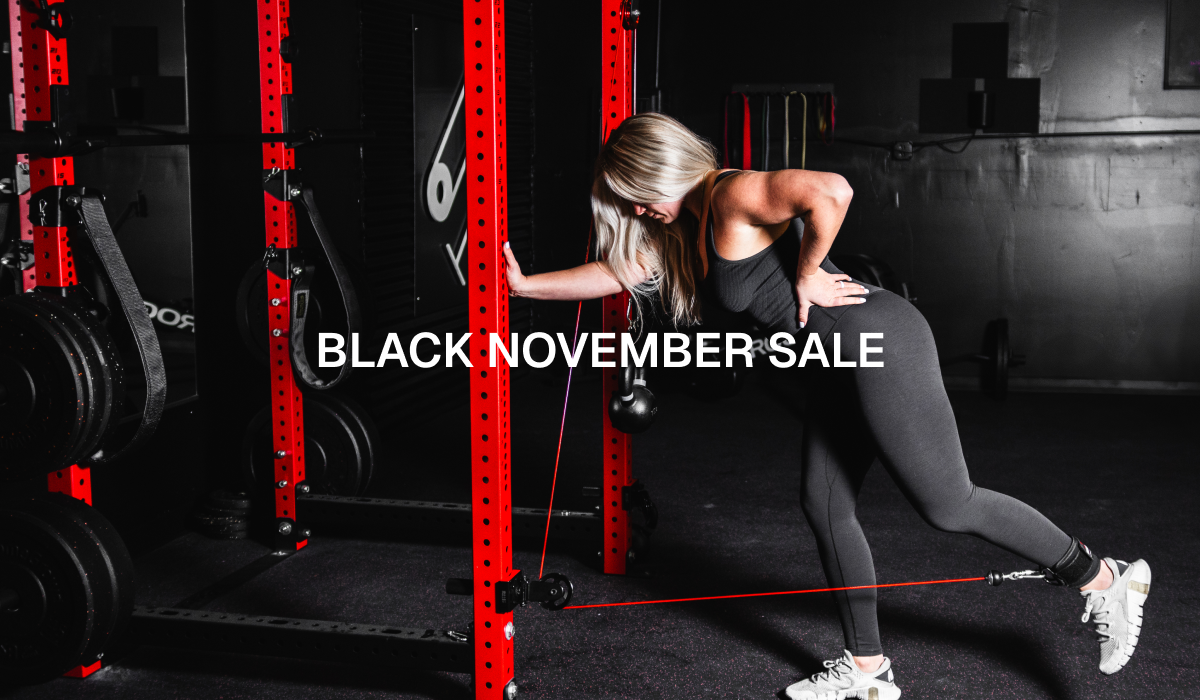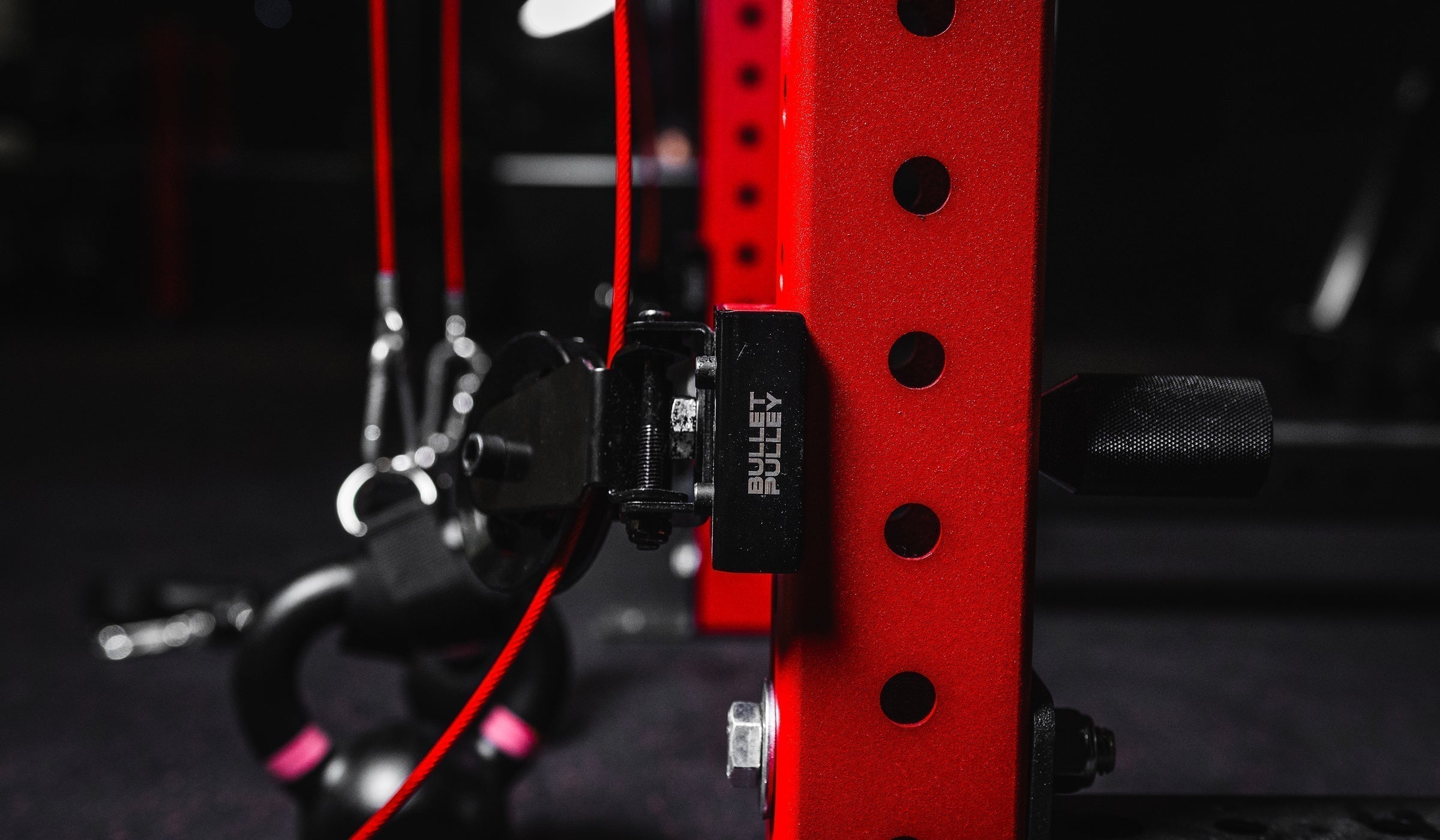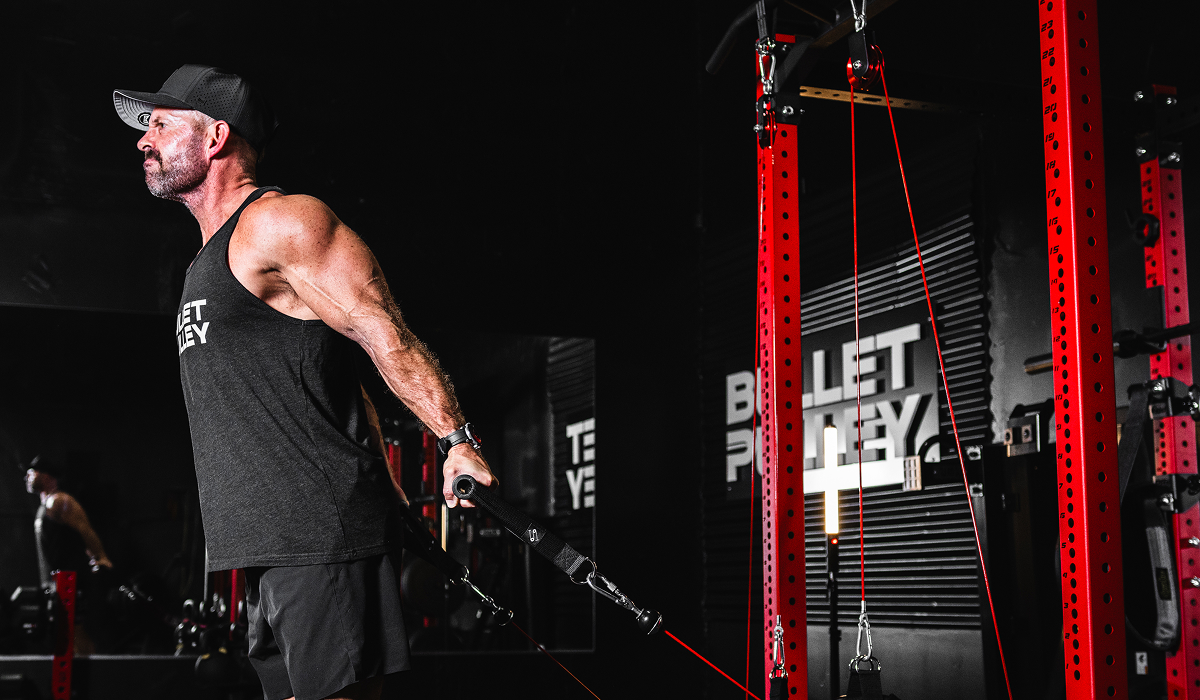Strength training is tailored to individual goals, preferences, and needs.
Among the many tools available, the pulley system stands out for its versatility and ability to provide constant resistance throughout the range of motion.
It accommodates both isolation and compound exercises, each serving unique purposes. But which is better for your fitness goals? Let’s break it down, compare the two, and uncover when and why to use each with the pulley system.
Understanding Isolation Exercises.
Isolation exercises target a single muscle group, focusing on specific movements to isolate and train that muscle. With the pulley system, examples include bicep curls, tricep pushdowns, and lateral raises. These exercises require controlled, precise movements, making them ideal for honing in on weak points or specific muscles you want to strengthen or sculpt.
Pros of Isolation Exercises:
-
Target Specific Muscles: If you want bigger biceps or more muscular shoulders, isolation exercises let you focus entirely on that muscle without recruiting others.
-
Correct Muscle Imbalances: If one side of your body is weaker, isolation exercises can help bring balance by training each muscle individually.
-
Low Impact: Isolation exercises are less taxing on the joints, making them suitable for rehabilitation or when easing into strength training.
- Control and Focus: The pulley system allows you to adjust the resistance precisely, allowing for slow, controlled movements to perfect your form.
Cons of Isolation Exercises:
-
Limited Efficiency: Training one muscle at a time can be time-consuming and may not yield significant strength or calorie-burning benefits compared to compound exercises.
-
Lacks Functional Strength: Most real-life movements involve multiple muscles working together, which isolation exercises don’t replicate.
-
Plateau Potential: Relying solely on isolation exercises may lead to slower progress.
Understanding Compound Exercises
Compound exercises engage multiple muscle groups and joints in a single movement.
With the pulley system, examples include chest flys, lat pulldowns, and cable squats. These dynamic, functional movements can build overall strength and coordination.
Pros of Compound Exercises:
-
Efficient Workouts: Compound exercises allow you to work more in less time by targeting several muscles simultaneously.
-
Build Functional Strength: These movements mimic real-life actions, improving overall body coordination and strength.
-
Higher Calorie Burn: Engaging multiple muscle groups requires more energy, making compound exercises effective for fat loss.
-
Improve Hormonal Response: They stimulate a more significant release of growth hormones, essential for muscle building.
Cons of Compound Exercises:
-
Greater Risk of Injury: Poor form or too much weight can strain multiple joints or muscles, especially with pulley system exercises like cable deadlifts or rows.
-
Difficult to Isolate Weaknesses: Stronger muscles may compensate if a particular muscle is underperforming, leading to imbalances.
- Steeper Learning Curve: Compound exercises often require more coordination and practice to perform safely and effectively.
Comparing Isolation and Compound Exercises with the Pulley System
Feature Isolation Exercises Compound Exercises
|
Feature |
Isolation Exercises |
Compound Exercises |
|
Muscles Targeted |
Focuses on one muscle at a time |
Engages multiple muscles |
|
Efficiency |
Less efficient for total body workouts |
Time-efficient targets several areas |
|
Difficulty |
Easier to perform and master |
Requires more technique and skill |
|
Functionality |
Limited to specific goals |
Improves functional strength |
|
Calorie Burn |
Lower calorie burn |
Higher calorie burn |
|
Risk of Injury |
Lower risk with proper form |
Higher risk if the form is compromised |
When to Use Isolation Exercises
-
Rehabilitation and Recovery: Isolation exercises allow you to strengthen specific areas without straining others while recovering from an injury.
-
Overcoming Weaknesses: When one muscle group lags, isolation can bring it up to speed without overworking vital areas.
-
Body Sculpting: Isolation exercises shine if you focus on aesthetics or target specific muscles for definition.
For example, using a pulley system for tricep pushdowns can isolate and tone your triceps effectively without involving supporting muscles.
When to Use Compound Exercises
-
Building Overall Strength: Compound exercises enhance total-body strength and coordination.
-
Maximizing Time: Compound movements allow you to get a full-body workout quickly if you have a tight schedule.
-
Functional Fitness: Compound exercises replicate real-life movements for athletes or anyone focused on functional performance.
An example is the lat pulldown, which simultaneously strengthens your back, shoulders, and arms, improving posture and upper-body strength.
Finding the Right Balance.
The choice between isolation and compound exercises isn’t about picking one over the other—it’s about balance. A well-rounded training program incorporates both.
For example:
-
Isolation First, Compound Later: If you have a weak muscle group, start with isolation exercises to pre-fatigue the muscle and then move to compound movements to integrate it into more significant movements.
- Compound First, Isolation Later: For strength or functional fitness, begin with compound exercises to engage multiple muscle groups, then finish with isolation to target specific areas.
Conclusion
The pulley system’s adaptability makes it a fantastic tool for isolation and compound exercises. By understanding the differences and benefits of each, you can tailor your workouts to align with your goals, whether building strength, correcting imbalances, or sculpting your physique. Remember, fitness isn’t one-size-fits-all—it’s about finding what works for you and continuously adapting as you grow stronger.






Share:
Pulley HIIT for a Faster Metabolism
Create a Home Gym in Small Spaces | Bullet Pulley